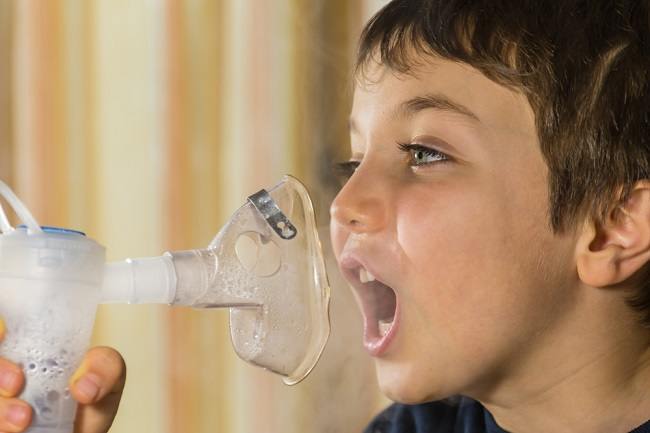First aid for a choking child is important for everyone, especially parents. This first aid can help prevent the child from experiencing fatal complications due to choking, such as respiratory failure.
Choking is a condition when a foreign object enters the airway or throat and blocks it, so that the person who is choking cannot breathe properly.

Some examples of foreign objects that quite often cause children to choke include food, toys, and small objects, such as coins, batteries, buttons, and hair clips.
First Aid for Choking Children
You need to know the signs when your child is choking. When choking, the child will try to remove a foreign object from his mouth, suddenly becomes difficult to breathe, his face looks red, and his lips turn blue.
At an advanced stage, the child may experience decreased consciousness due to difficulty breathing and lack of oxygen.
When your child seems to be choking and the object stuck in the throat is not visible, try not to pull or push the object. This is to prevent the object from being pushed further down the throat.
In addition, help for a child who is choking is also different from that of a baby. In general, the following are guidelines for providing assistance when a child or infant is choking:
Baby (age under 1 year)
In babies who are choking, the initial treatment that can be done is to pat on the back (back blows) and pressure in the chest (chest thrusts). The steps include:
- Position the baby prone on the arm supported by the thigh. Make sure the position of the head is lower than the body.
- Support the baby's head and jaw with your fingers. Then, gently pat the back between the shoulder blades 5 times using your other hand. This action is called back blows.
- If that doesn't work, place the baby on his back with his head facing up. Find the sternum and place 2 fingers in the center.
- After that, apply pressure on the center of the sternum 5 times. This action is called chest thrusts. If the foreign object has not come out as well, repeat this action again.
Children over 1 year
If the child is still able to make small sounds and breathe, ask him to cough loudly. The goal is to remove the object stuck in the airway.
If this method does not work or the child seems unable to speak and breathe, you can do the technique Heimlich maneuver or what is called abdominal thrusts.
To do Heimlich maneuver in children over 1 year old, You can follow these steps:
- Help and keep the child in a standing position.
- Position your body behind the child's body.
- Wrap your arms as if you were about to hug a child from behind.
- After that, clench your fists. Position your fist in the middle of the child's stomach, which is between the solar plexus and the navel.
- Hit your hands on your stomach while pulling the child's body back 5 times. Avoid hitting too hard to avoid injury.
If the child is still choking, immediately call for help to take the child to the nearest hospital, while repeating back blows, chest thrusts, and abdominal thrusts.
If the child is unconscious or his condition is getting worse, you can perform CPR technique as first aid. However. if you want to do CPR, make sure you have received previous training, yes.
Tips to Prevent Children Choking
In addition to knowing how to deal with choking in children, you need to know several ways to prevent children from choking, namely:
- Avoid giving foods with a hard and chewy texture, such as candy, grapes, nuts, marshmallows, and chocolate. Also make sure to cook foods that are hard to soft, such as carrots and potatoes.
- Avoid placing small objects, such as buttons, hair clips, batteries, safety pins and coins, in areas that are easily accessible to children.
- Make sure you choose a child's toy according to his age.
- Always check the toys the child is playing with. If any part is broken or damaged, keep the toy away from children.
- Get used to the child to eat while sitting without doing other activities. Also try not to invite children to chat or joke during meals.
Children or babies who are choking need to get help immediately so that this condition does not become fatal. Some of the steps above you can do as first aid when a child is choking. After that, immediately take him to the doctor to get further treatment if needed.









